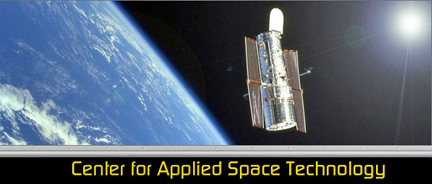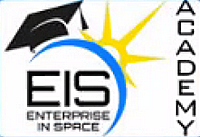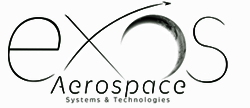
Enterprise In Space (EIS), a non-profit program of the National Space Society (NSS) will soon launch several experiments into space aboard a suborbital flight using reusable rocket technology.

As a demonstration of EIS' NewSpace education program, the experiments draw from the different areas of the educational spectrum, middle school education and postgraduate research. In partnership with EIS' higher education-focused Enterprise Centers for Excellence program, the Center for Applied Space Technology (CAST) has designed a biological microgravity experiment for postgraduate research into space medicine. Using a Biological Research in Canisters (BRIC) 100, featuring nine petri dishes, CAST believes its experiment will have both terrestrial applications and uses during long-duration space flight.

Within the broader EIS Academy, EIS worked with Andrew Goodin's Building Creative Confidence class at Grand Center Arts Academy to design an entry-level experiment that introduces middle school students to lessons in Science, Technology, Engineering, Art and Math (STEAM) education. These include experiments related to such things as using the heat of space to melt crayons into space art and determining the effects of the space environment on maple tree seeds that will be grown back on Earth when returned from space.
To house the experiments, Goodin's class had to quickly produce a 3D-printed container that met the criteria of EXOS' SARGE launch vehicle. The class was able to rapidly 3D print the special-made cube housing using the school's Ultimaker 3D printer before putting the container through a drop test to ensure that it would survive the spacecraft's journey into suborbital space. This team of 24 students operated at a space race pace. From concept to payload delivery took the team less than two months. The experiment will be launched in late May.
"Reusable rocket technology makes it possible to cut the launch waiting period for a payload dramatically, while also reducing costs," said EXOS Co-Founder and Chief Operating Officer John Quinn. "This lowers the barriers for the types of NewSpace education experiments made possible by EIS."
The results of the biological experiment will be published online in the Enterprise Center for Excellence for Regenerative Medicine for Long Duration Space Flight, where university through postgraduate students in the EIS Academy will have access to the material to advance their education. Additionally, EXOS will work with EIS to create an educational K-12 curriculum for the EIS Academy, as the two partners further develop a long-term relationship.

Both experiments will be launched into space as payloads aboard EXOS' next suborbital rocket launch, slated for late May at Spaceport America in New Mexico. Upon the successful completion of the launch, EXOS will present on its results at the upcoming International Space Development Conference® (ISDC®) in St. Louis, Missouri, May 25-29, 2017. As a capstone event, EXOS will also hand-deliver the space-flown experiment package to the students.

